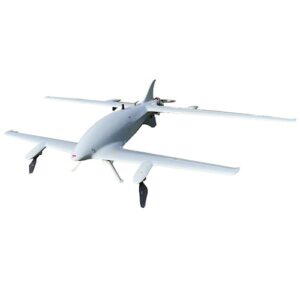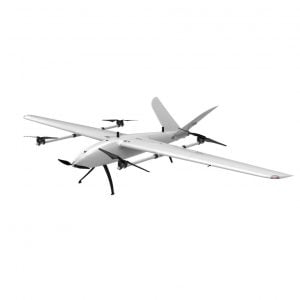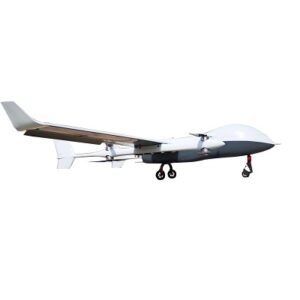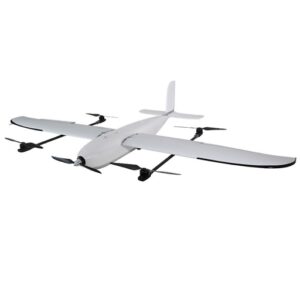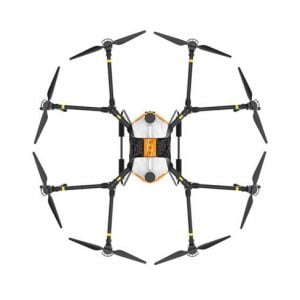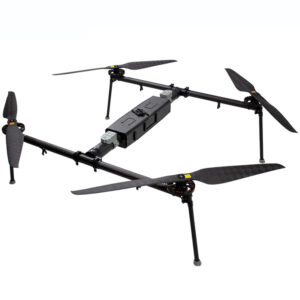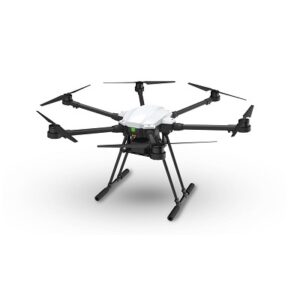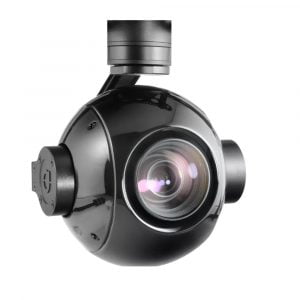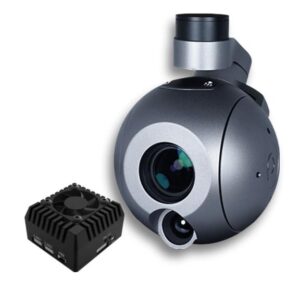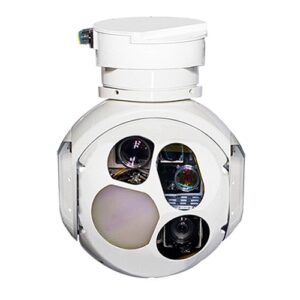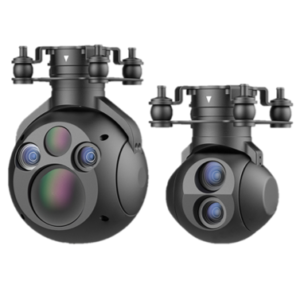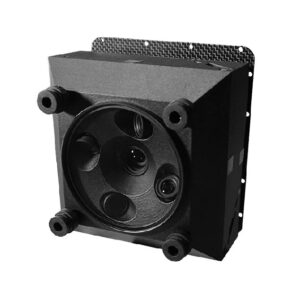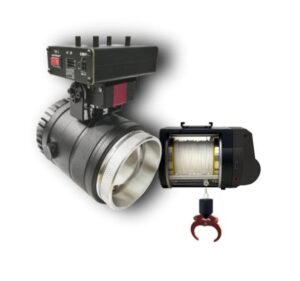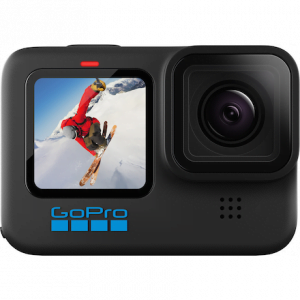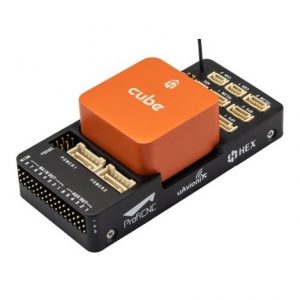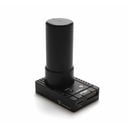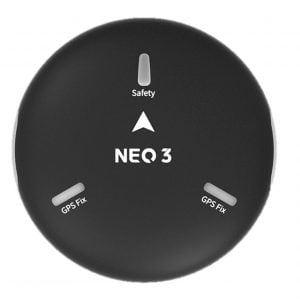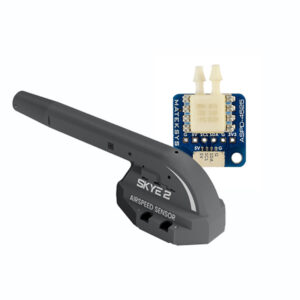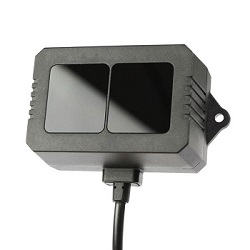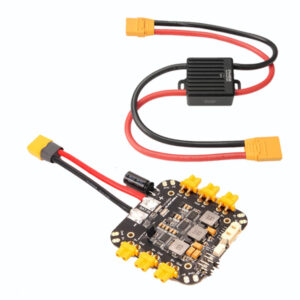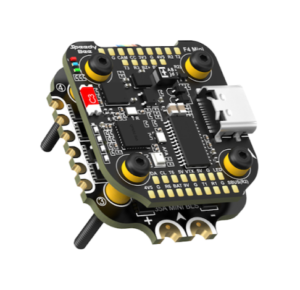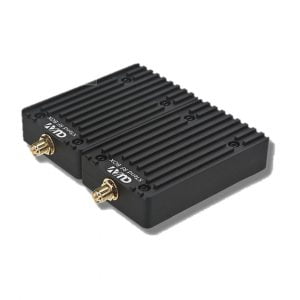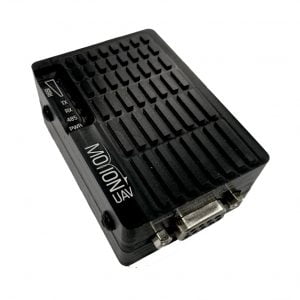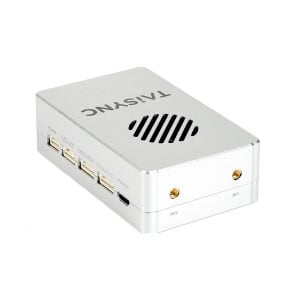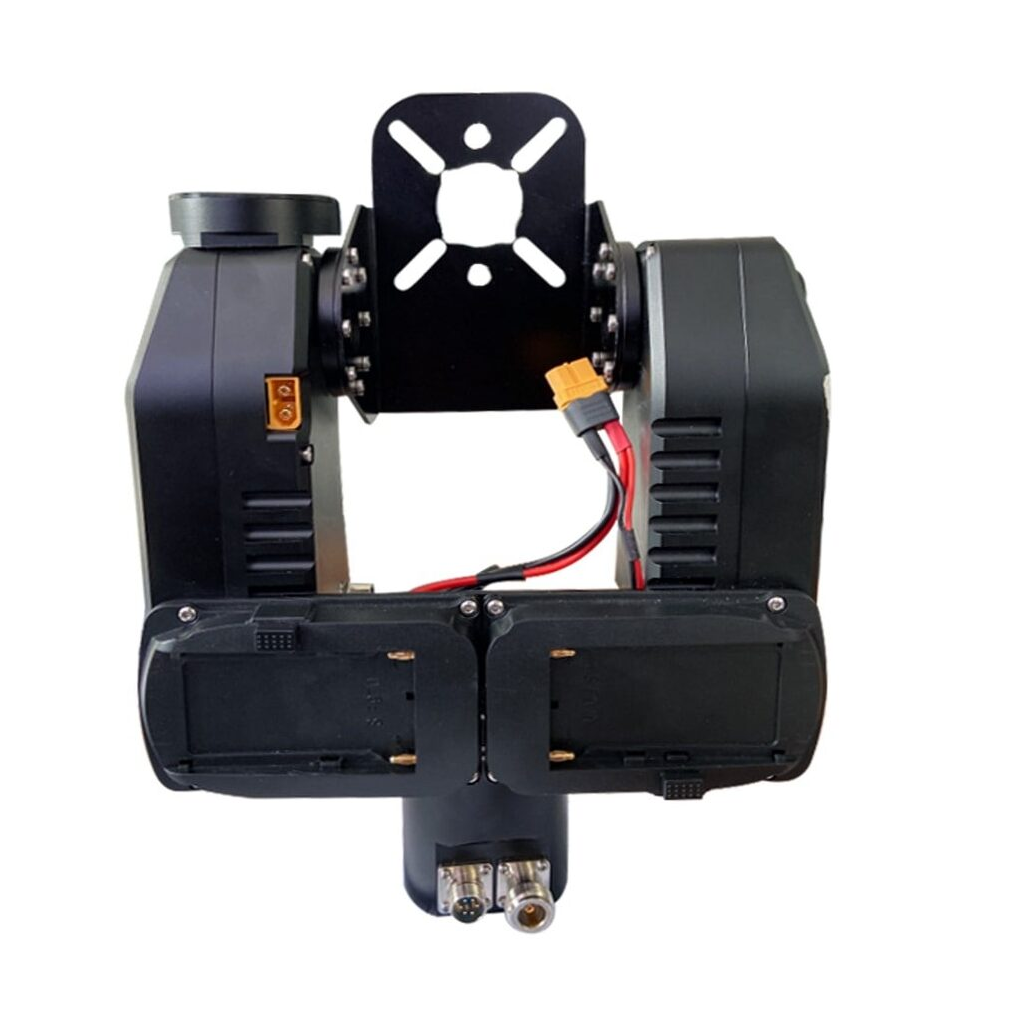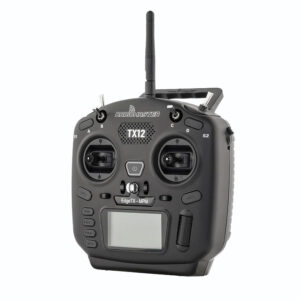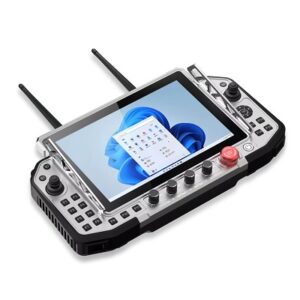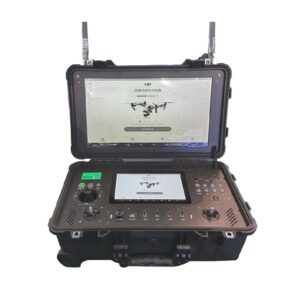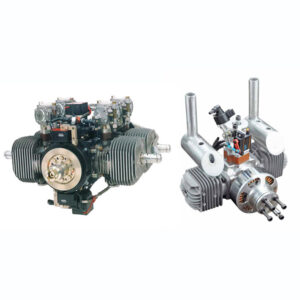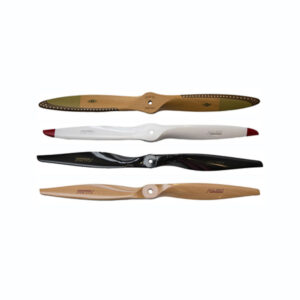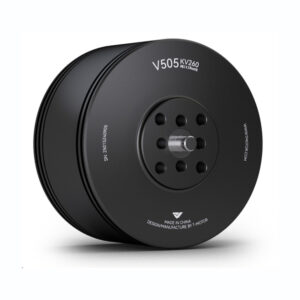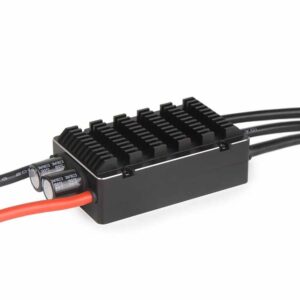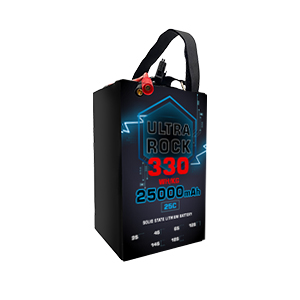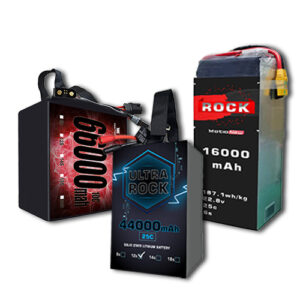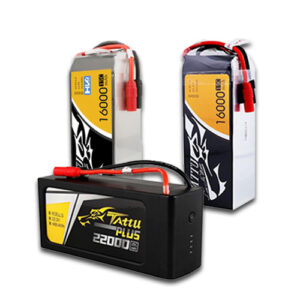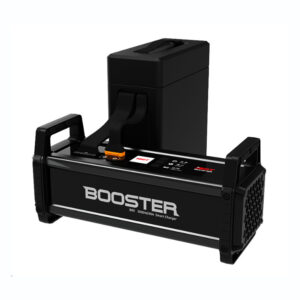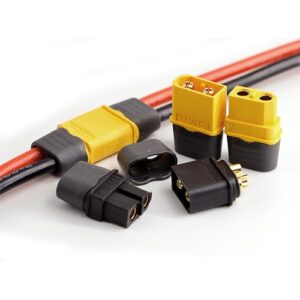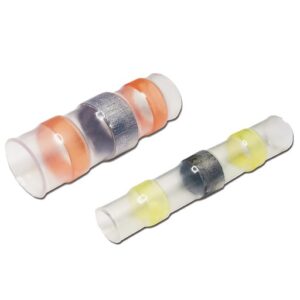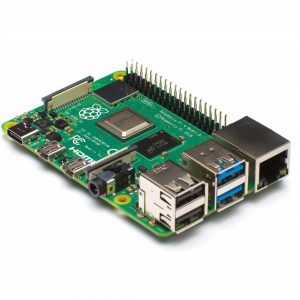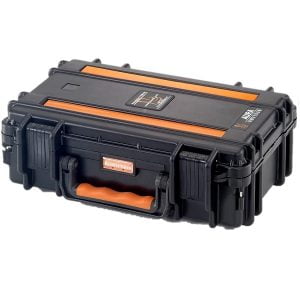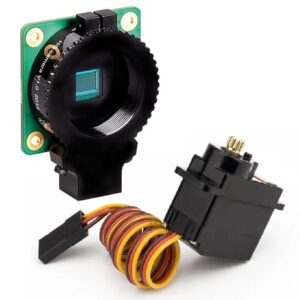Top 5 Types of Delivery Drones for Package Delivery (Explained with Infographics)
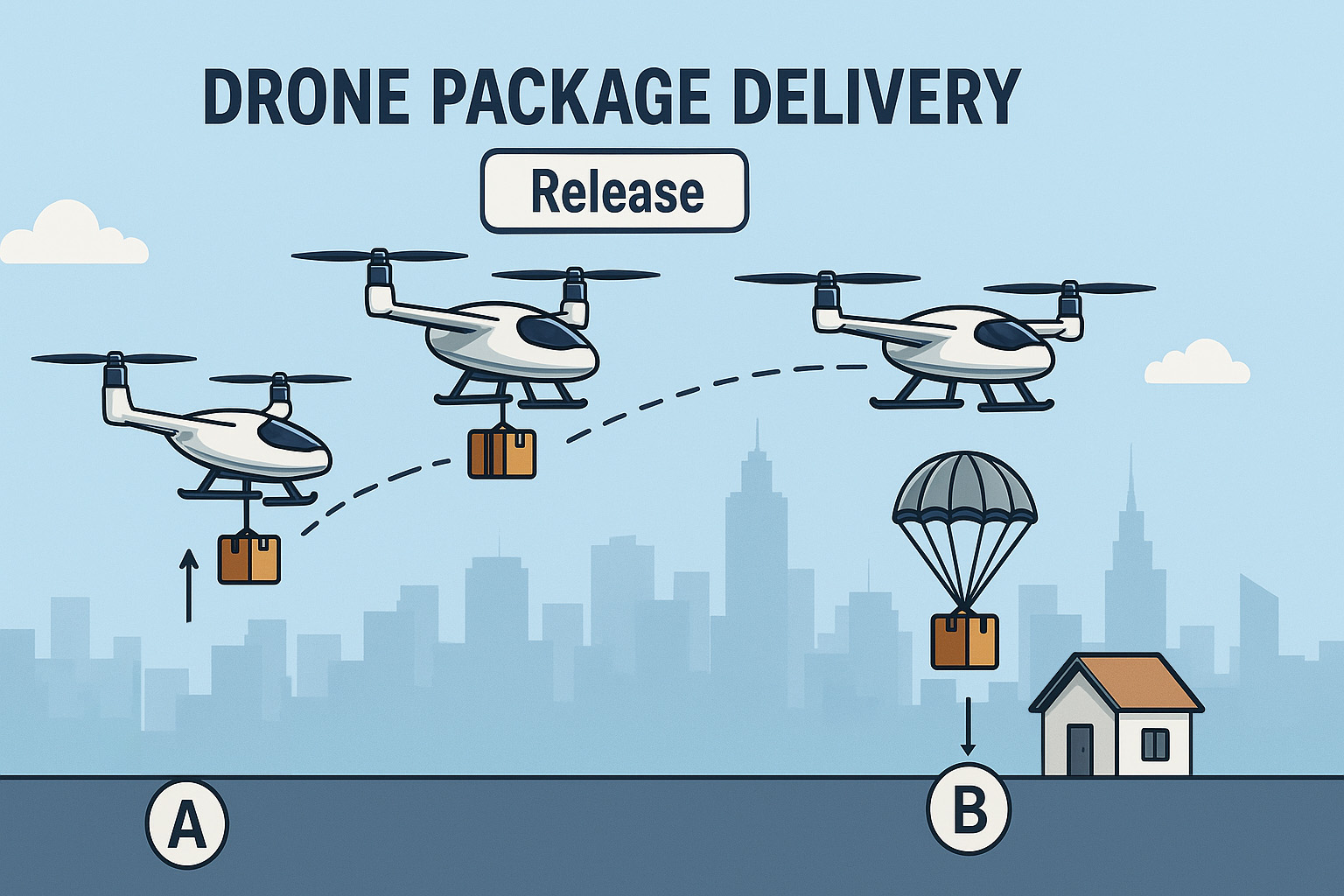
There are several types of delivery drones used in modern logistics, each offering unique methods for parcel drop. From parachute release to zipline drone-in-a-drone systems, understanding these UAV delivery types is key to planning an efficient aerial mission.
In this post, we explore five practical methods for drone-based package delivery using clear, minimal infographics to help you visualize each workflow.
1. Parachute Drop Delivery Drone
In this method, a VTOL drone flies from point A to point B and releases the package mid-air using a parachute. The drone hovers at a safe altitude while the parcel floats down gently.
Best For:
Lightweight packages
Open-area drops (rural, fields)
Fast drop-offs without landing
Advantages:
No need to land
Quick and efficient
Reduced power consumption
Disadvantages:
The drop-off point may not be accurate
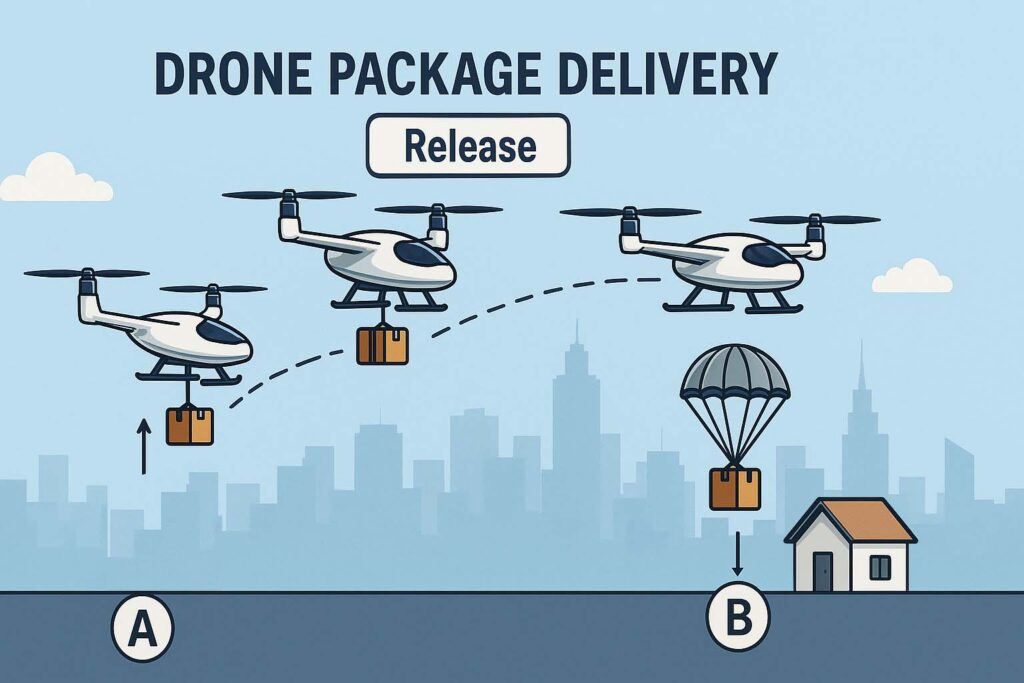
2. Winch-Based Delivery Drone
Here, the drone hovers directly above the drop zone and lowers the package using a winch system. It maintains altitude while the cargo is placed safely on the ground.
Best For:
Urban environments with obstacles
Deliveries to balconies or fenced areas
Fragile payloads
Advantages:
Precision drop without landing
Safer in narrow or cluttered areas
Disadvantages:
In windy conditions, the winch rope may get entangled
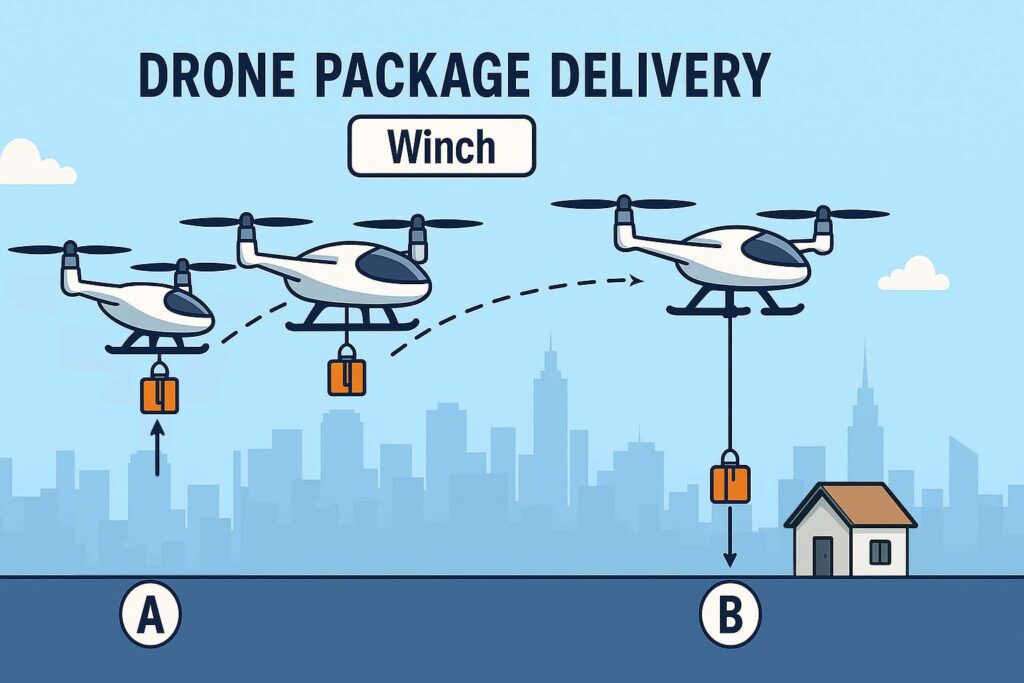
3. VTOL Land & Release Drone
This method involves the drone flying to the delivery site and fully landing to release the package autonomously. The parcel is then left at the designated point.
Best For:
Larger packages
Pre-designated drone landing zones
Industrial or controlled locations
Advantages:
High payload capacity
Accurate delivery
Simplified drop logic
Disadvantages:
The drone loses the connection with the control centre at point B and needs special considerations
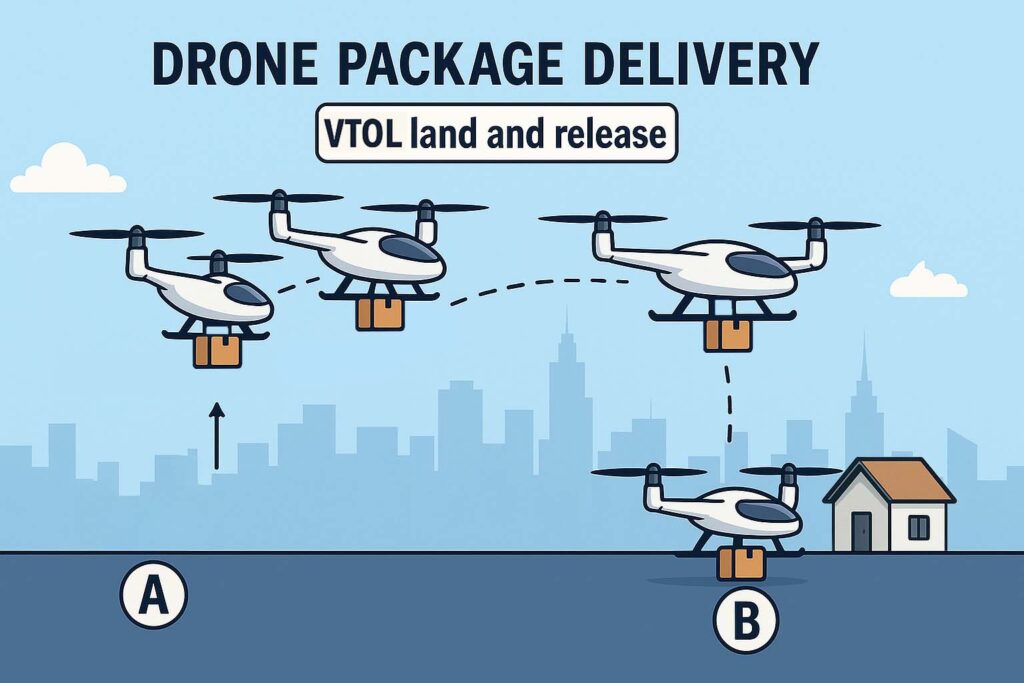
4. VTOL Land with Manual Load/Unload
In this method, a human interacts with the drone at the delivery point. The drone lands, and the package is either picked up or loaded manually.
Best For:
Emergency supply drops
Remote stations or medical camps
Places without automation
Advantages:
Supports manual handoff
Ideal for on-site collaboration
Disadvantages:
The drone loses the connection with the control centre at point B and needs special considerations
- A human operator is needed for loading the drone
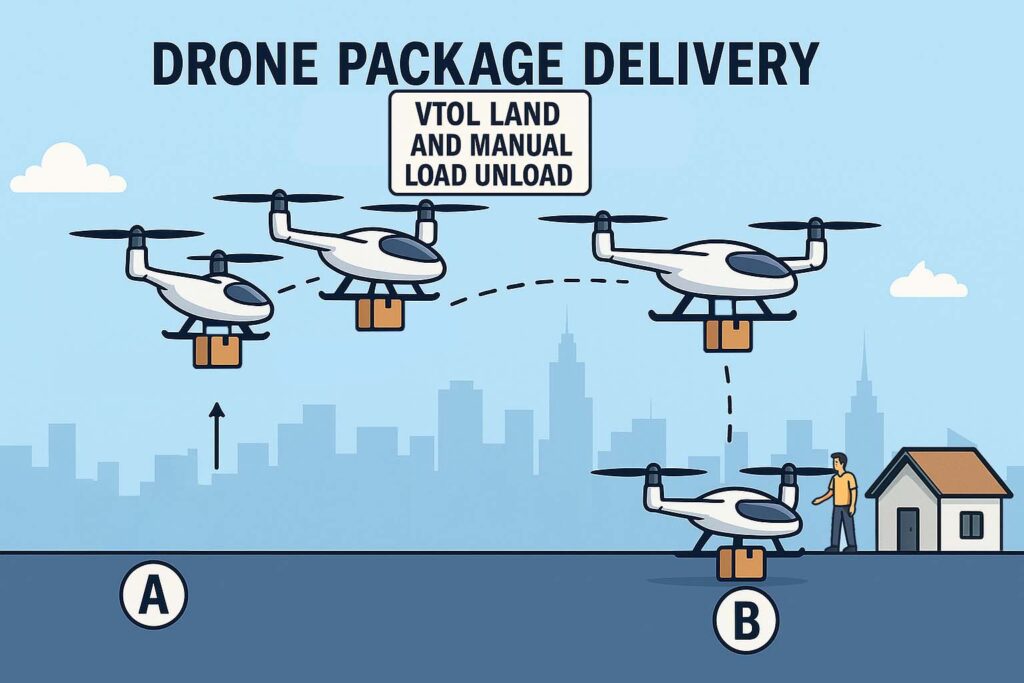
5. Zipline (Drone-in-a-Drone) Delivery System
This is one of the most futuristic approaches. A mothership drone hovers above the site while a smaller drone detaches, lands, and delivers the package.
Best For:
Extended range operations
High-security or hard-to-reach zones
Multi-tiered delivery tasks
Advantages:
Keeps main drone airborne
Minimizes risk and noise at ground level
Highly modular delivery system
Disadvantages:
Extra complexity if the operation
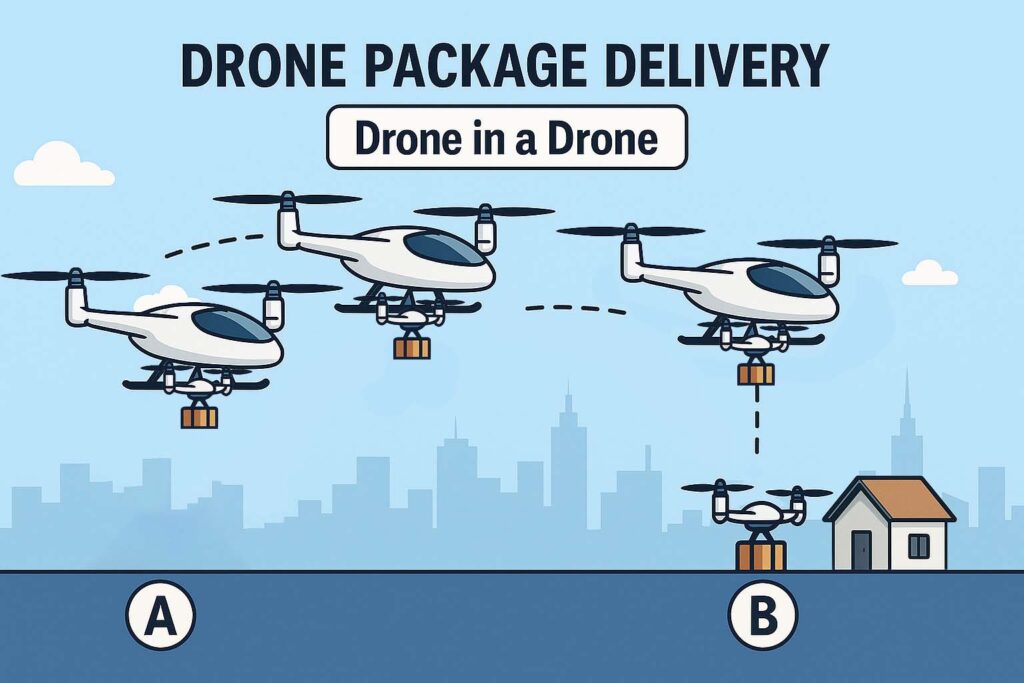
Which Drone Delivery Method Is Right for You?
Choosing the right method depends on factors like:
Payload size
Delivery zone conditions
Power limitations
Safety and precision needs
As UAV delivery systems evolve, hybrid methods and AI-controlled logic will make these approaches even smarter and more autonomous.
Explore Professional UAV Delivery Solutions
Looking to integrate drone logistics into your operation? Browse professional VTOL drones, winch systems, and delivery platforms on Motionew Online Shop.
FAQ:
What are the different types of drone delivery methods?
There are five main types including parachute release, winch drop, VTOL land and drop, human-assisted, and nested drone (zipline) delivery.
Can drones deliver packages over long distances?
Yes, many delivery drones are equipped with long-range datalinks and GPS systems suitable for BVLOS operations.
